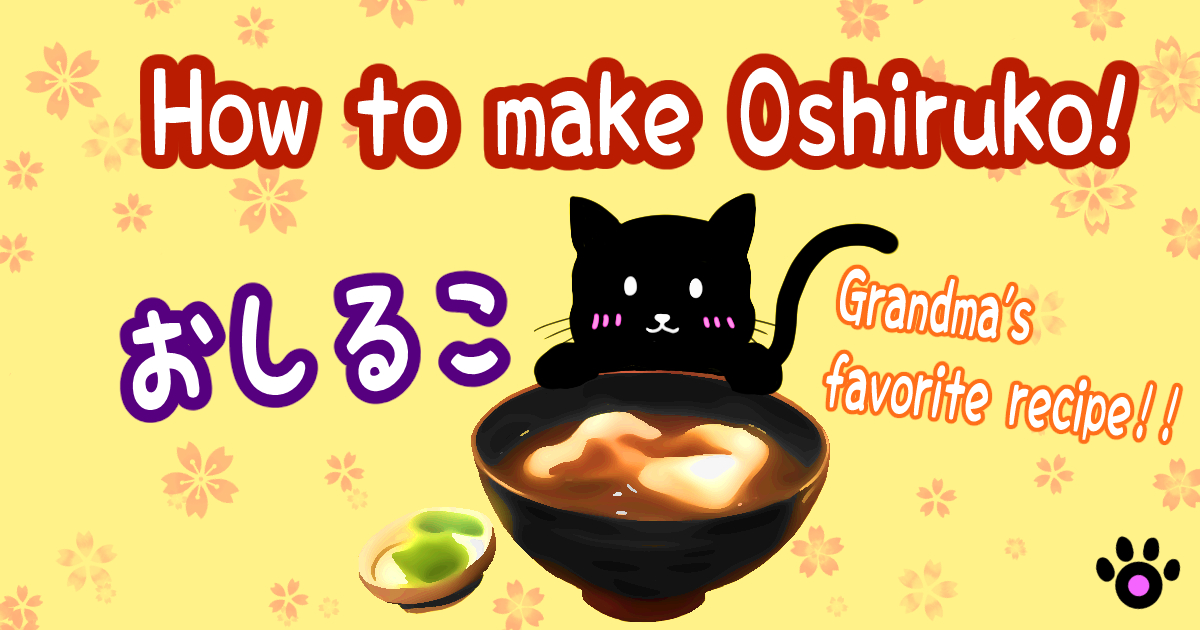Oshiruko(おしるこ) : Japanese sweet red beans soup with grilled mochi!
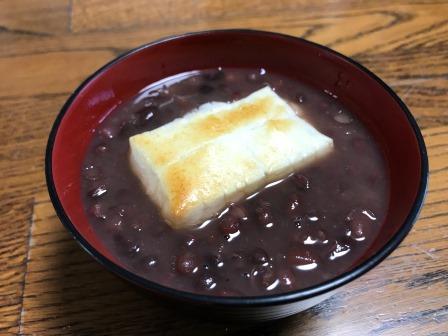
Oshiruko (おしるこ) is a traditional Japanese treat made out of red azuki(あずき) bean soup with mochi (もち) !
It’s often eaten in winter, as the dish is served warm, but it can be eaten in any season. Oshiruko has been eaten as far back as the Edo period, right after farmers began growing sugar.
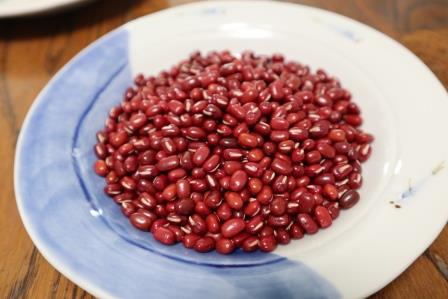
Azuki beans naturally grow all around East Asia. In Japan, they’re the second most cultivated legume, right after the soybean. You’d think so, since they’re used in many traditional Japanese treats besides oshiruko! Foreigners might balk at the thought of eating a bean for a dessert, but paired with sugar, azuki beans make for some tasty food. The beans themselves have a nutty flavor.
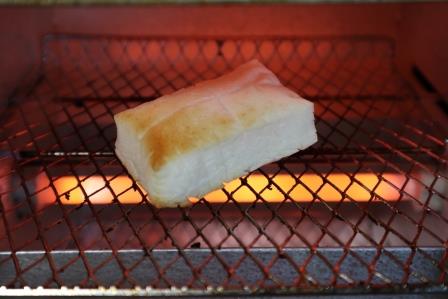
Mochi is rice that has been pounded into a thick, sticky food. Japanese people have a tradition of using a wooden hammer to smash rice together into this sticky food. The tradition originated from China and has since been a part of Japanese holidays, such as on New Years, where people use mochi as a decoration. Mochi isn’t just used in oshiruko, but also other treats as well! Mochi tastes like rice and is very sticky, so you will have to chew it carefully.
You can often find oshiruko served in cafes, or you can make your own from ingredients at the supermarket. Let’s show you how to make your own!
Grandma’s favorite oshiruko recipe! おばあちゃん直伝レシピ!
In this article, we will introduce a Japanese grandma’s best oshiruko recipe!
We’ll make Kanto oshiruko!
Ingredients (4 servings)

Ingredients
- Azuki beans - 180g
- Sugar - 120~140g (You can adjust for your preferred taste!)
- A pinch of salt
- Mochi - 4 pieces
How to make Oshiruko! おしるこのつくりかた
①豆を洗い、ゆでる (Wash and boil beans)
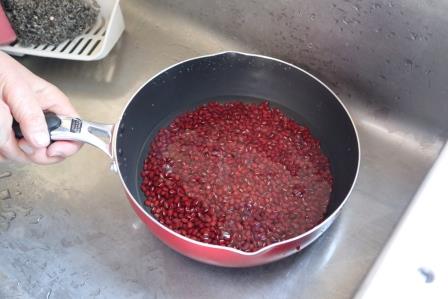
Wash and boil the azuki beans. You'll be using four parts water for one part of beans. Boil for 10 minutes!


②渋切り(Shibukiri - remove tannin)
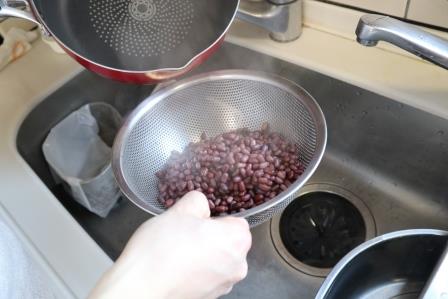
When the boiled water gets red and cloudy, drain all the water away with a strainer.
This is called 渋切り(Shibukiri).

Tannin is a bitter taste that is often found in teas or beans, so you have to do 渋切り(Shibukiri) to remove it. When you do 渋切り(Shibukiri), the azuki beans should be swollen, but skin is still hard.

③豆を煮る(Simmer beans)
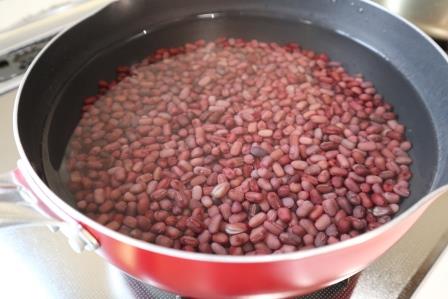
Boil azuki beans with four parts water for one part of azuki and simmer on low heat for more than one hour.
Add water when you see that the water has evaporated.

Remove the film on top of the water as it boils.
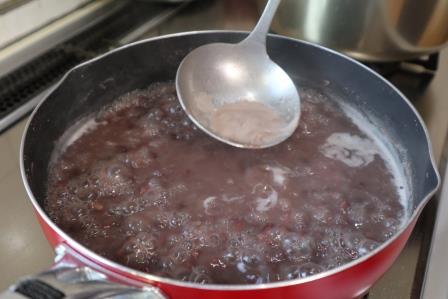
After one hour of simmering, take some beans from pot and check whether they are soft enough to break between your fingers.


④砂糖と塩で味をつける (Put sugar and a pinch of salt)
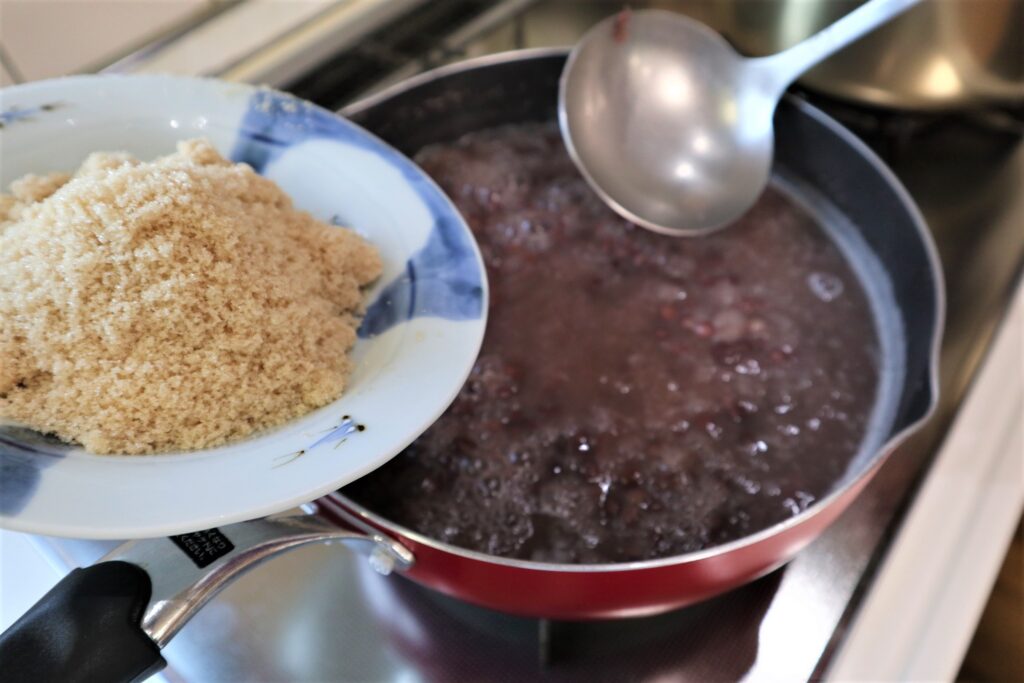
Put sugar and a pinch of salt into the pot and mix them together gently.

Then simmer on low heat for 10 minutes and stir gently, trying not to break the beans.

⑤もちを焼く (Grill Mochis)

Grill mochis until golden brown! You can do this in a toaster oven. Depending on the strength of the toaster oven, it can be around four minutes. If you don't have a toaster oven, you can microwave them by putting mochi in a bowl with a little water and microwaving for about two minutes. They won't have that golden brown shade, though!

⑥盛りつけて完成 ! (Arrange it and done!)

Put the azuki sweet soup in a bowl, and put mochi on top.
It’s done!!
Oshiruko and Zenzai ! おしることぜんざい
There is a similar dish to oshiruko called “zenzai(ぜんざい)”. You can see both in Japanese traditional cafes .
Could you find any difference between them?
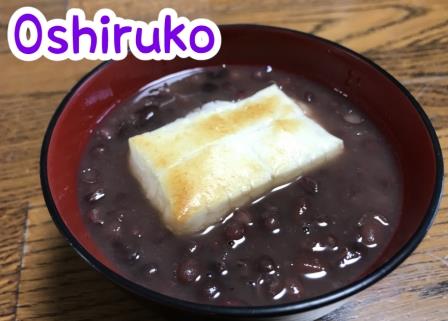
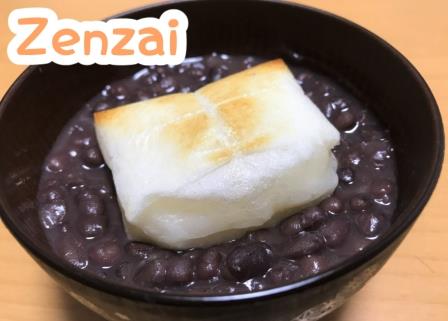
Oshiruko is slightly different than “zenzai,” which is made out of the same ingredients, but zenzai is thicker in consistency.
People actually have different definitions for oshiruko and zenzai depending on whether they’re in eastern Japan or western Japan!
Kansai people (Western Japanese) have a clear definition for oshiruko and zenzai. The definition changes depending on whether the beans have been grinded or not.
If azuki beans are grinded, it is oshiruko. If it is not grinded and still has full beans inside, it is zenzai.
Kanto people (Eastern Japanese) think that oshiruko is oshiruko if it’s soupy! So, they think it is oshiruko if it’s soupy with both grinded beans and with full beans. But it is zenzai for them if it’s not soupy with a lot of beans.


